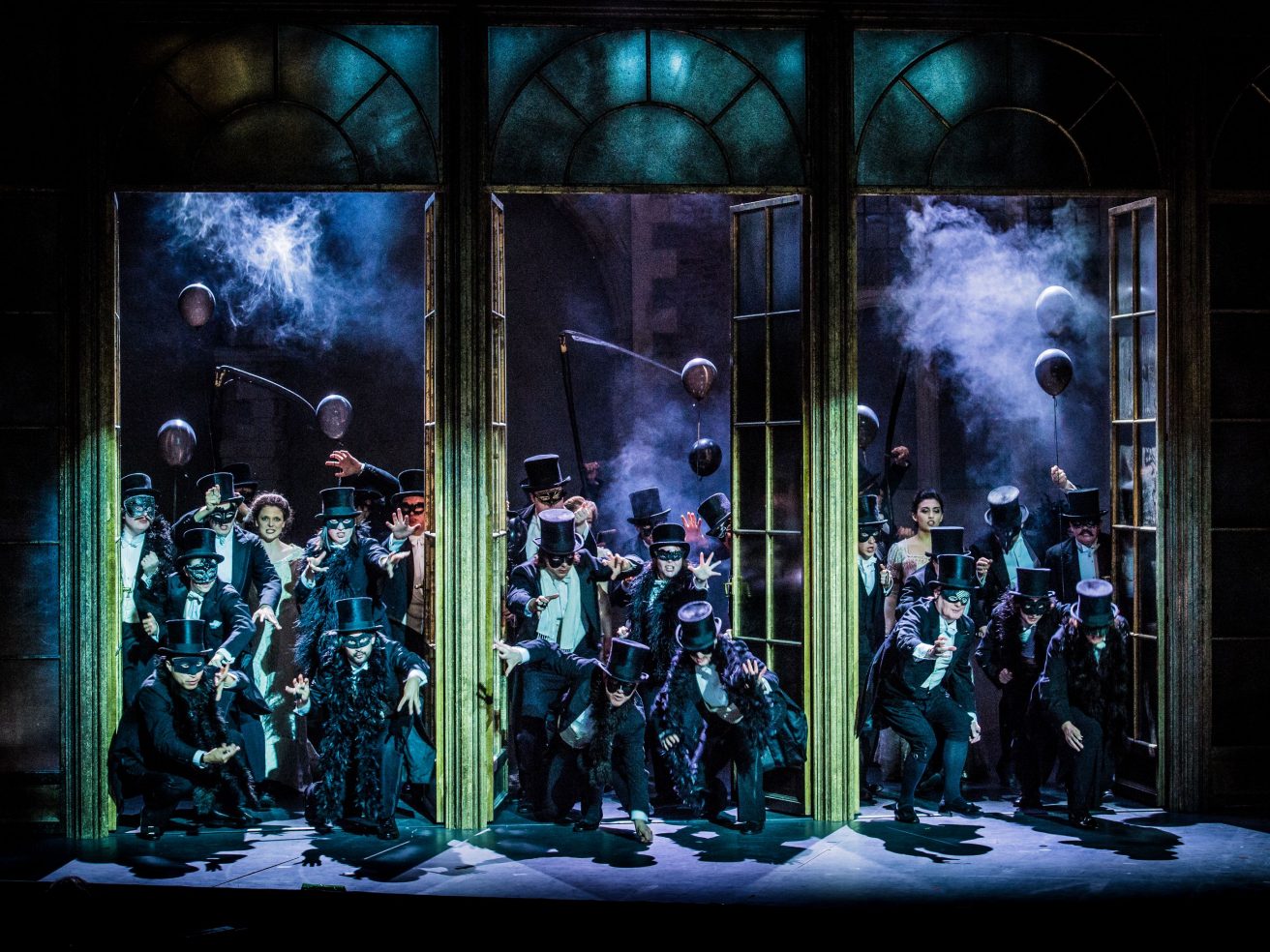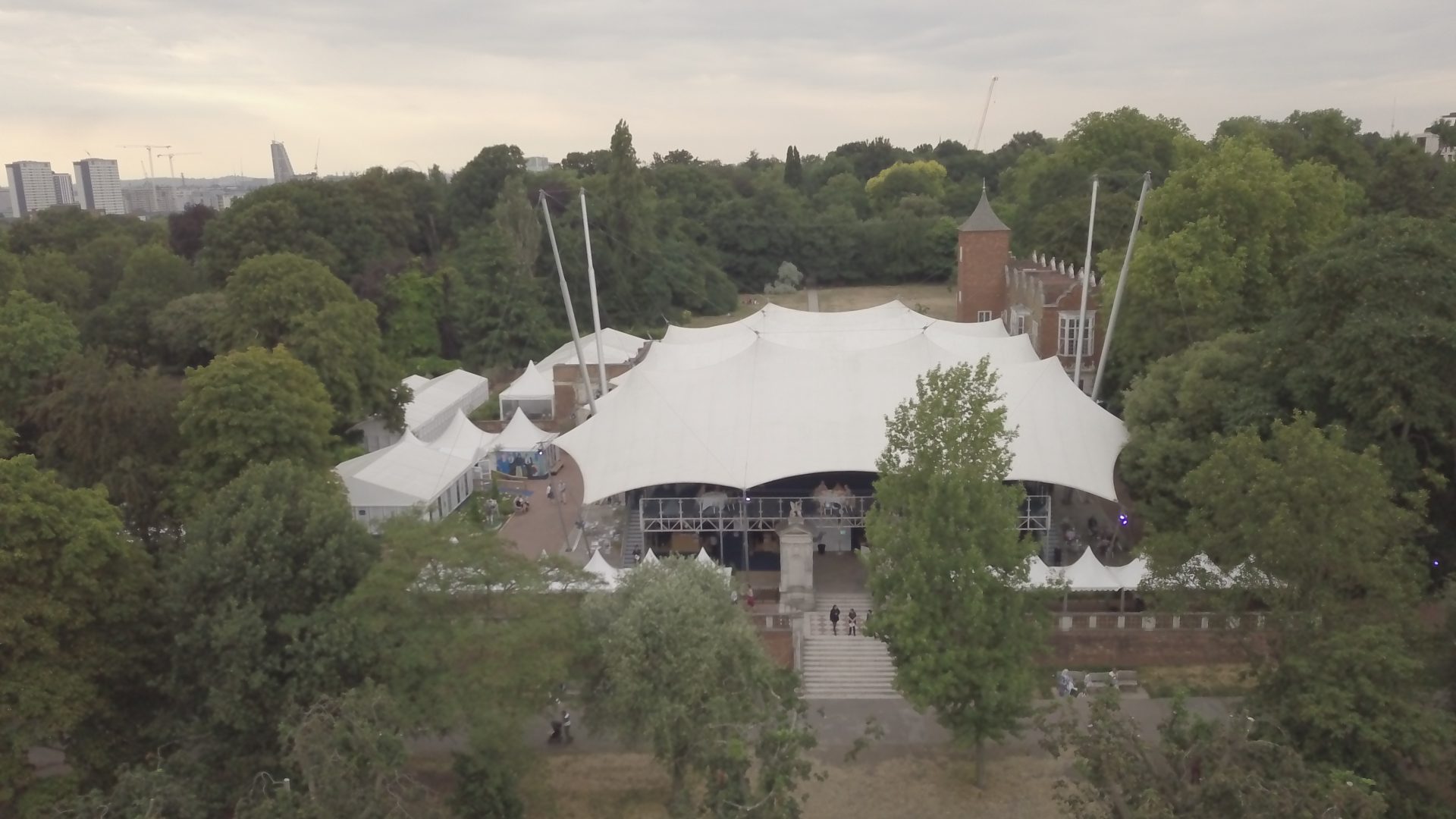Censorship and condemnation
Censored by the authorities at its 1853 premiere in Venice, and condemned in an editorial in The Times in 1856 for its ‘clinical lecture upon consumption in its direst form’, La traviata was Verdi’s first opera on a contemporary subject. Decadent parties, dancing, gambling and a startling musical depiction of fatal disease frame a story of first and last love in the fashionable demimonde of nineteenth century Paris.
The Fallen Woman
First a novel, then a play, La dame aux camélias was a fictionalised account of the brief affair between Alexandre Dumas fils and the celebrated courtesan Marie Duplessis, who died of pulmonary tuberculosis in 1847, aged 23. When Verdi and his librettist, Francesco Maria Piave, adapted the play, they were under no pressure to tell the story. The interest was in how they told it, treating the character of the fallen woman of the title with sympathy and sophistication.
Love and loss
The opera opens at a glittering party hosted by Violetta, the mistress of Baron Douphol. Alfredo, a young man from Provence, has fallen in love with Violetta from a distance. Amused by his devotion, she asks him to improvise a toast (‘Libiamo ne’ lieti calici’). When the guests move to another room, he declares his love (‘Un dì felice, eterea’). Alone at last, Violetta reflects on what Alfredo has told her (‘È strano… Ah, fors’è lui’) but dismisses the idea of true love (‘Sempre libera’). Despite herself, she has already fallen for Alfredo.
Three blissful months in the countryside (‘De’ miei bollenti spiriti’) unravel in the face of debt and disapproval. Alfredo’s father, Germont, tells Violetta that she must give up her affair with his son or she will compromise his daughter’s marriage prospects. Heartbroken, Violetta acquiesces and returns to Paris. Another demimonde party, with gypsy and matador masqueraders, is the setting for her next encounter with Alfredo, who publicly humiliates her (‘Questa donna conoscete?’) before his father drags him away.
Intricacy and brilliance
La traviata is famed for the beauty of its arias and the brilliance of its ensembles. Less often noticed are the tiny details of rhythm in the orchestration that depict Violetta’s shortness of breath and elevated heart rate, and the sudden rush of energy that she experiences in Act III: a symptom of the last stages of consumption. Reading a letter from Germont, she laments the loss of her youth and her beauty (‘Addio del passato’). He has promised that Alfredo will return to her, but will he return in time?


